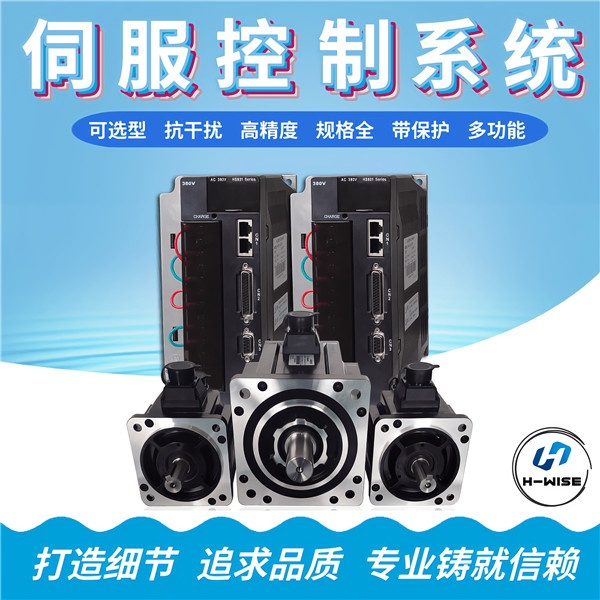News
More timely and comprehensive understanding of our latest developments
Servo gain is one of the simplest control methods. The output of the controller is proportional to the input error signal.
The structure of the machine itself has an important influence on the servo gain adjustment. If the rigidity of the machine itself is good (grinding machine screw drive), the servo correlation gain can be set higher. If the rigidity of the machine itself is soft (channel synchronous belt), the correlation gain of the servo should not be set too high.
Relationship between servo speed and position gain parameters and general debugging ideas:
Servo drive consists of three feedback loops: position loop, speed loop and current loop. The innermost ring (current ring) has the fastest reaction speed, and the intermediate link (speed ring) has to have a higher reaction speed than the outermost ring (position ring). Failure to comply with this principle will result in vibration or poor response to motor operation. The servo driver is designed to ensure that the current loop has a good response performance, so the user only needs to adjust the gain of the position loop and speed loop.

The position loop cannot react faster than the velocity loop. Therefore, to increase the gain of the position loop, the gain of the speed loop must be increased first. If only the gain of the position ring is increased, the motor is likely to vibrate, which will result in an increase in speed instructions and positioning time rather than a desired decrease.
Velocity loop gain
By increasing the proportional gain of speed loop, the variation of speed pulsation can be reduced, the hardness of servo drive system can be improved, and the performance of the system can be guaranteed in steady state and transient state. But in the actual system, the proportional gain of speed loop should not be too large, otherwise the whole servo drive system will oscillate.
The relationship between velocity ring parameter regulation and load inertia
When the rotational inertia of the load object is larger than that of the motor and the friction torque of the load is larger, the proportional gain of the speed ring and the integral time constant of the speed ring should be increased to meet the requirements of operation stability.
When the rotational inertia of the load object is small compared with that of the motor, and the friction torque of the load is small, the proportional gain of the speed ring and the time constant of the speed integration should be reduced to ensure the speed control accuracy at low speed.
Position loop gain
The position loop gain is closely related to the servo motor and mechanical load. Generally, the higher the position loop gain of the servo system, the lower the delay of the motor speed for the position command response, the smaller the position tracking error, the shorter the positioning time, but the rigidity and natural frequency of the corresponding mechanical system must be very high. And when the position of the input changes dramatically, the mechanical load has to bear a larger impact. At this point, the driver must speed up or down processing or through the upper computer with programming measures to buffer this change.
When the position loop gain of the servo system is relatively small, it is more convenient to adjust, because the gain of the position loop is small, the servo system is easy to stabilize, and it is easier to adjust the object with large load. At the same time, low position loop gain servo system frequency band is narrow, not sensitive to noise. Therefore, when used as servo feed, the micro change of position is small, but the servo system with low position loop gain has a large position tracking error, which will form machining error on the trajectory during contour processing.